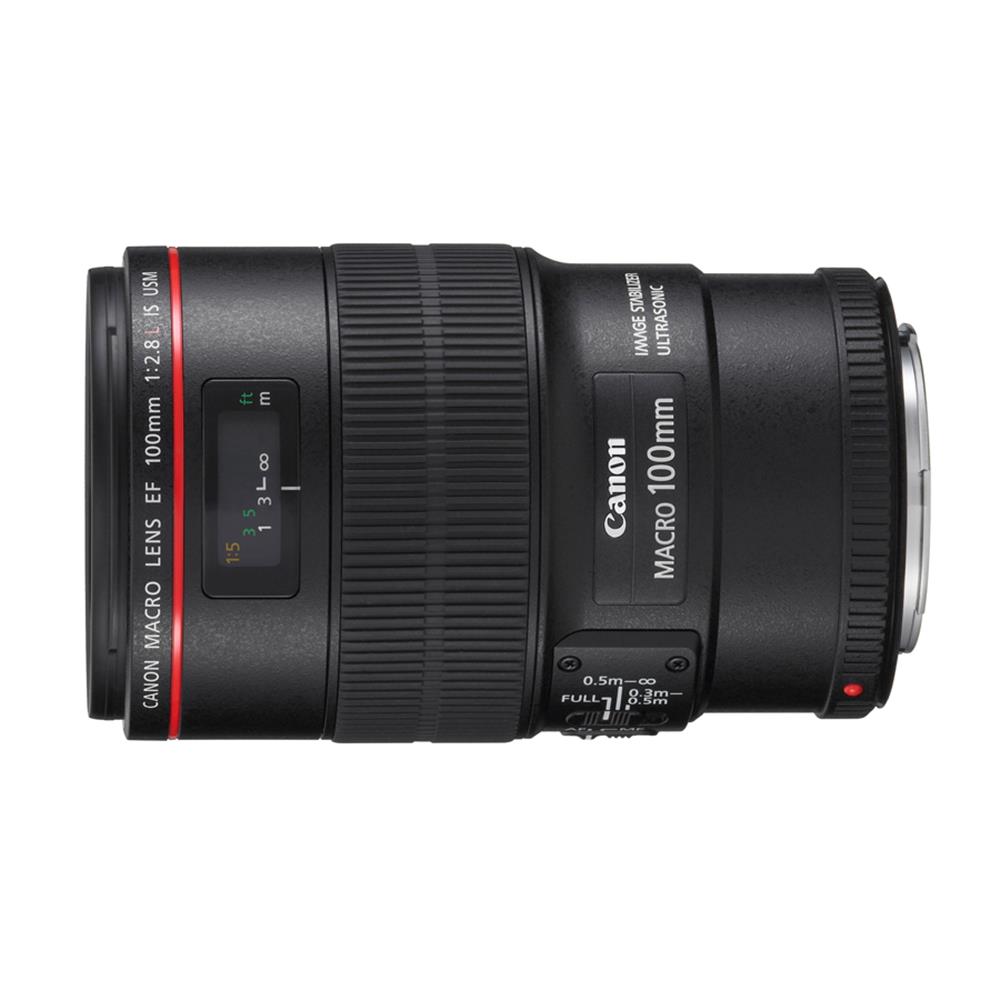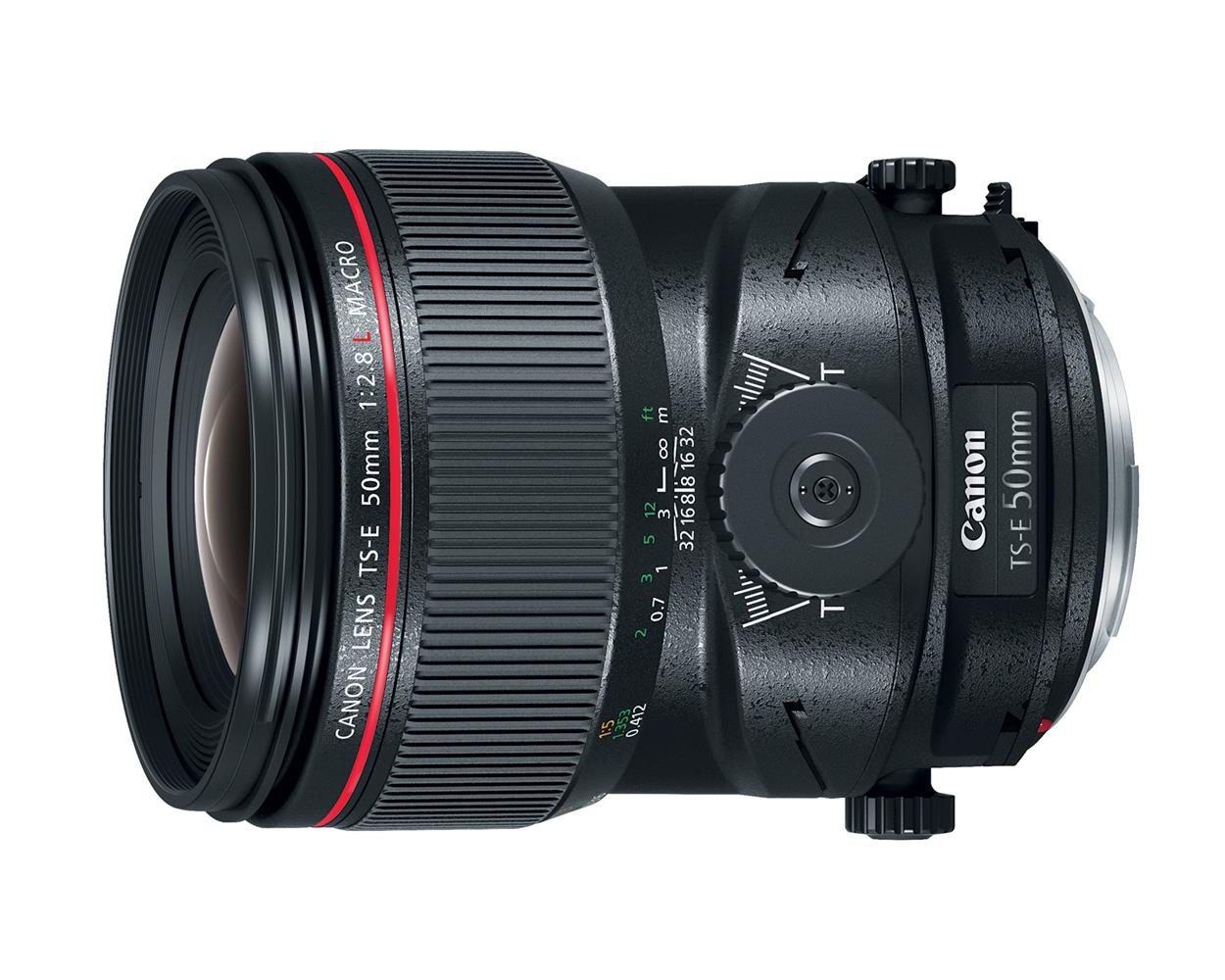
You might be a good food photographer right now, but you could be even better with the help of a lens designed to give you that perfect drool-worthy shot. A good food photography lens can help you capture glorious food details that you only see in high-end foodie magazines.
Going just a step or two above your kit lens can give you sharp, crisp close-ups as well as that buttery bokeh every photographer loves. However, before leveling up your lens, there are a few details you need to know about your camera body.
What Kind of Camera Sensor Do You Have?
Before purchasing a new lens, you need to determine what sort of sensor your camera body has. You can think of your sensor as the ‘film’ in your camera as it is what captures your image. A full frame sensor is 35mm and if you have a higher end camera, you might have a full frame sensor.
However, if you’ve got a beginner DSLR then chances are that you’ve got a crop sensor. A crop sensor, which is a bit smaller than the sensor you’d find in a full frame camera, crops out part of your frame which in turn increases your focal length. Let’s say your camera has a 1.5x crop factor and you buy a 50mm lens. You multiply 1.5 x 50mm and that means your 50mm lens will actually behave like a 75mm lens.
Crop factors vary from camera to camera so you will need to look that up for your particular model. Also keep in mind that some lenses are for just crop sensors while some can be used for both types of sensors.
Great Lenses for Your Arsenal
So now that we’ve got all that sorted out, let’s get into some lenses you should really think about investing in to step up your food photography game.
Nifty 50mm F1.8 Prime Lens
Yes, this lens is as nifty as its name. Many new photographers can’t wrap their brain around the purpose of a prime lens when a zoom lens seems handier. However, since a prime lens has only one focal length, it’s going to give much better detail than a zoom.
The 50mm prime lenses produce images that are very close to what the human eye sees, so you get very little distortion. Additionally, it’s great for flatlays and table photography as it can capture a whole story due to the size of its width.
This prime lens also lets in more light than your standard introductory lenses with that large maximum aperture. And we all know that getting enough light in darker conditions is key for capturing an appetizing shot. The nifty 50 is typically more thrifty and could cost anywhere between $100-$500 depending on the brand.
100mm F2.8L Macro Lens

You absolutely should have a macro lens in your arsenal if you want to get beyond the beginner stages of food photography. We do a lot of close up shots in food photography and some of the best images out there are the ones that provide extreme detail of the food being photographed.
There’s something about being able to capture the beauty of a single droplet of water glistening on a berry or the inner workings of a walnut kernel that make food photography so satisfying.
A 100mm macro lens can help you get really up close and personal with your food. It has the ability to take a life size image, which means you can get super close to your subject and still have everything showing up in focus.
Additionally, since you’re using a telephoto lens, you get lens compression which is great for when you want to take a food shot with a backdrop. The lens compresses the image, so your backdrop moves closer to your food and deletes the negative space. These type of lenses are on the pricier side and can cost between $700-$2000.
Recommendations:
The Canon EF 100mm F2.7 L Macro telephoto prime lens is designed for close-up shooting offering a life-size, 1:1 maximum magnification, and an 11.8″ minimum focusing distance.
17-50mm F2.8 Zoom Lens
There is something about the versatility of a zoom lens that even the staunchest prime lens advocates can’t deny. Sure, a prime lens does have better quality since it has just one focal length, but a zoom lens really helps you get the job done more efficiently in certain situations.
It is especially useful when you’re shooting a food story where you need a variety of images of the same scene. If you’ve got a zoom lens you can set up your tripod in one spot and take a wide variety of images without having to move around and readjust your camera.
A 17-50mm lens is a step up from your standard kit lenses of 18mm-55mm. It provides you a significantly better image quality and also a wider aperture so you can get those wider flat lay shots as well as tight shots of your food. In addition, you can get pretty sweet background blurs as you have some distance between your subject and background.
This lens is extremely versatile so not only will it be handy for your food photography but you can use it for other things like portrait photography. That means you can easily photograph a dish and then take a portrait of the chef who created it. You should be looking to spend close to $600 for this lens.
50mm F2.8 Macro Tilt-Shift Lens
Tilt-shift lenses let you change your plane of focus so you can really play with your depth of field to shoot uber creative images. Normally, when you shoot a subject in the plane of focus, all other subjects along that same plane have to be in focus too.
However, with a tilt shift, you can actually tilt your lens so that you can get one subject in focus and the other out of focus. Let’s say you’ve got a row of macarons and you want to focus on the first one and then create a blurred-out effect with the remainder of the row, you can do that.
Or let’s say you want the background and the foreground of your macarons to be completely blurred while you have just the row of macarons in focus, you can do that.
Additionally, when you don’t use the tilt feature, you can use this like a standard 50mm Macro lens, so it’s kind of like having two lenses in one. And since it is a a two-in-one option, these lenses tend to have a higher price tag.
Recommendation:
With advanced perspective control capabilities, a minimum focusing distance of 10.6″ and a maximum magnification of 0.5x, the Canon TS-E 50mm F2.8 Tilt-Shift Macro lens is a specialist lens for experienced product, tabletop, architectural, and interior photographers.
Other Options
Another versatile option that can be used for a various types of shots are 24-70mm lenses. With this type of lens, you can still achieve the blurred-out background effect while zooming in close to subject.
Round Up
The lenses above are great for hobbyists looking to step up their food photography game. And you never know, with the right tools, your hobby can quickly become a side-hustle, so a little investment can go a long way!







